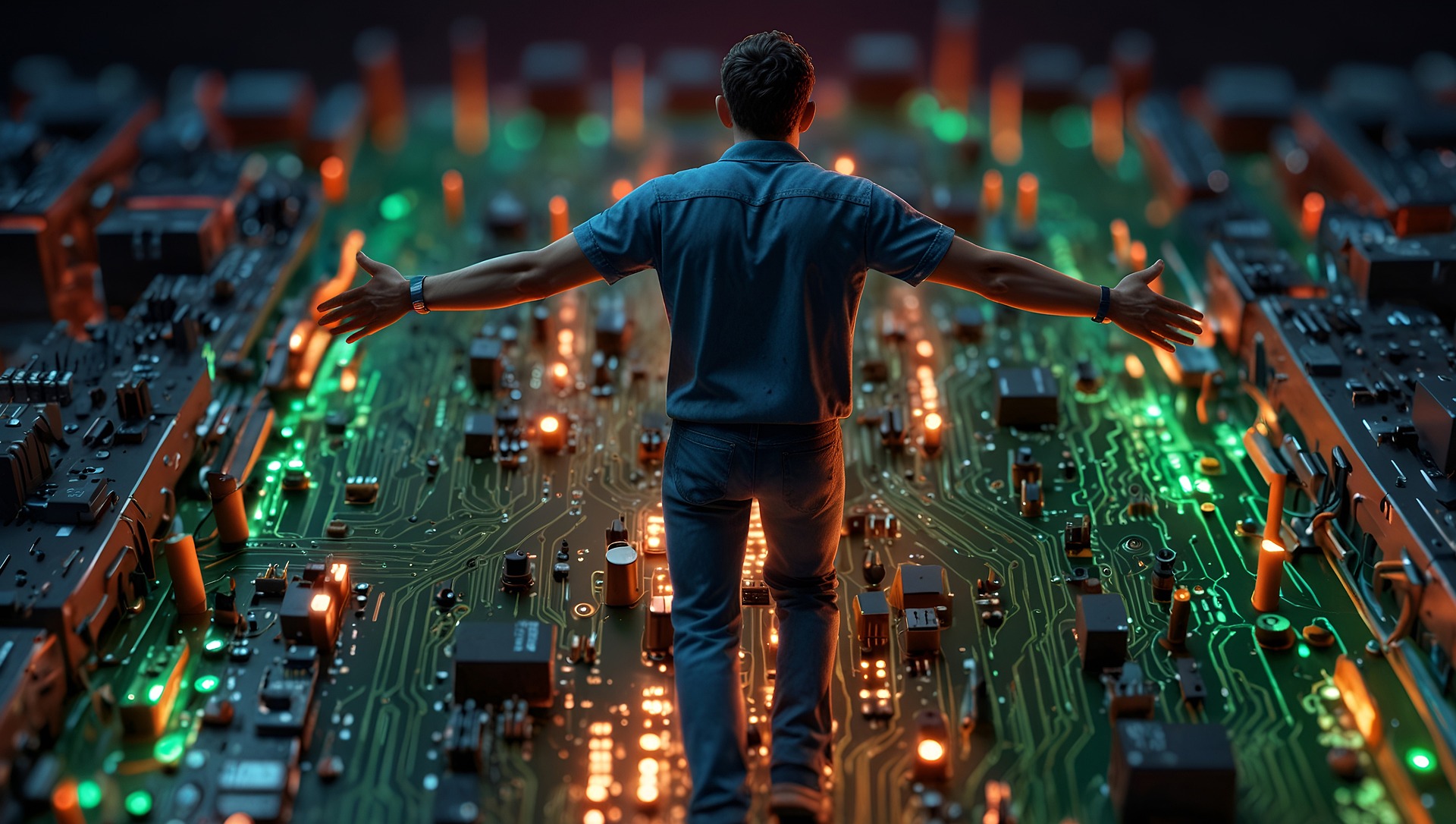Holographic Keyboards: Typing in Thin Air
In a world where technology constantly pushes boundaries, holographic keyboards are emerging as a futuristic input method that could revolutionize how we interact with our devices. This cutting-edge technology projects a virtual keyboard onto any flat surface, allowing users to type without physical keys. As we delve into this fascinating development, we'll explore its potential to reshape our digital experiences and the challenges it faces in becoming a mainstream reality.

How Holographic Keyboards Work
At the heart of holographic keyboard technology lies a complex interplay of optics and sensors. The system typically consists of three main components: a laser projector, an infrared light, and a sensor. The laser projector creates the visible keyboard image, while the infrared light creates an invisible plane just above the surface. When a user’s fingers break this plane, the sensor detects the position and movement, interpreting it as a keystroke. This process happens in milliseconds, providing a responsive typing experience that aims to rival traditional keyboards.
Advantages Over Traditional Input Methods
Holographic keyboards offer several potential advantages over their physical counterparts. Portability is perhaps the most obvious benefit - these devices can be significantly smaller than traditional keyboards, as they don’t require physical keys. This makes them ideal for use with mobile devices or in space-constrained environments. Additionally, holographic keyboards are inherently more hygienic, as there are no physical surfaces to harbor bacteria or viruses. They’re also highly customizable, allowing users to adjust the size, layout, and even the language of the keyboard on the fly.
Challenges and Limitations
Despite their potential, holographic keyboards face several hurdles before they can become mainstream. One of the primary challenges is providing tactile feedback, which is crucial for typing accuracy and speed. Without the physical sensation of pressing keys, users may find it difficult to type quickly or accurately. Some companies are exploring haptic feedback solutions, but these are still in early stages. Another limitation is the need for a flat, opaque surface - holographic keyboards struggle with transparent or highly reflective surfaces, limiting their usability in some environments.
The Market Landscape
Several companies are currently developing holographic keyboard technology, with products ranging from consumer-grade accessories to more specialized industrial applications. While exact pricing can vary, most consumer-oriented holographic keyboards currently on the market range from $100 to $300. This positions them as premium accessories, competing with high-end mechanical keyboards and other advanced input devices. As the technology matures and production scales up, we can expect prices to decrease, potentially making holographic keyboards more accessible to a broader audience.
Future Prospects and Integration
Looking ahead, the potential applications for holographic keyboard technology extend far beyond simple text input. Researchers are exploring ways to use this technology for virtual musical instruments, gaming interfaces, and even holographic touchscreens for smartphones and tablets. As augmented reality (AR) and virtual reality (VR) technologies continue to advance, holographic keyboards could play a crucial role in providing intuitive input methods in these immersive environments. The integration of AI and machine learning could further enhance the accuracy and functionality of these virtual input devices, potentially leading to new forms of human-computer interaction.
In conclusion, holographic keyboards represent an exciting frontier in input technology. While they still face challenges in replicating the tactile experience of physical keyboards, their potential for portability, customization, and integration with emerging technologies makes them a fascinating area of development. As we continue to push the boundaries of what’s possible in human-computer interaction, holographic keyboards may well play a significant role in shaping our digital future. Whether they become a mainstream input method or remain a niche technology, they undoubtedly offer a glimpse into the innovative ways we might interact with our devices in the years to come.





